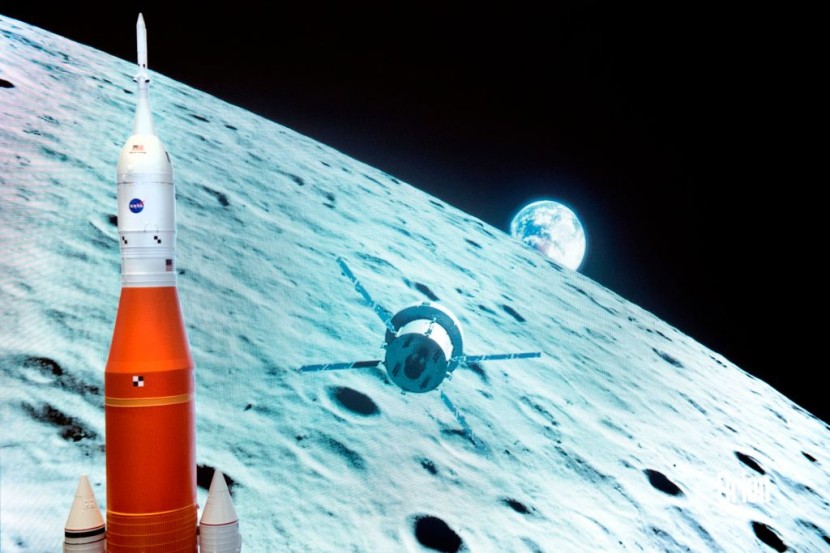
With just a few keys, you can send your name on a trip around the moon. People can sign up for a flash drive that will be launched on NASA's Artemis 1 mission, which will send an unmanned Orion spacecraft around the moon and back in a few months.
This is a simple and free way to board; simply click the "get boarding pass" option on this NASA page. Artemis 1 will be the first flight of NASA's massive new Space Launch System (SLS) megarocket, which will be launched from Cape Canaveral, Florida.
NASA Offers To Fly Your Name Around the Moon
Orion has already flown once, reaching Earth orbit in December 2014 aboard a United Launch Alliance Delta IV Heavy rocket. On March 17, the SLS-Orion stack that will fly Artemis 1 will roll out to its launch pad at NASA's Kennedy Space Center (KSC) in Florida for a "wet dress rehearsal," which will test the vehicles through the majority of the operations they'll go through on launch day (stopping short of engine ignition).
According to NASA officials, SLS and Orion will spend roughly a month on the pad, with the wet dress rehearsal taking place around two weeks into that time. After that, the rocket and capsule will be transported back to KSC's massive Vehicle Assembly Building for additional testing and analysis, as per Space.com.
Artemis 1's launch date is currently unknown; NASA officials have stated that they hope to launch in May, but no official date will be set until the wet dress rehearsal is completed and the findings reviewed.
Artemis is NASA's crewed lunar exploration program, with the goal of establishing a long-term human presence on and around the moon by the end of the decade. If present plans persist, the program's first crewed mission, Artemis 2, will transport men around the moon in 2024.
Read Also: World's Zero Discrimination Day: The Significance of Ending the Stigma; Here's All You Need To Know
NASA Delays 1st Crewed Artemis Moon Mission
NASA astronauts will land on the moon with the help of SpaceX's Starship vehicle, which was selected as Artemis' first crewed lunar lander. The launch of this historic mission is scheduled for 2025 or 2026.
NASA's Space Launch System (SLS), Orion spacecraft, and the European Service Module are among them (ESM). The Orion spacecraft and the ESM should approach the lunar surface within 62 miles, then travel another 40,000 miles.
It will finish the mission and land in the Pacific Ocean off the coast of San Diego in roughly three weeks. On March 17, Nasa will act as if the Artemis 1 mission is set to launch. At 6 pm ET, all of the equipment will be brought out to the launchpad.
The rocket tanks will be filled with propellant, and the countdown to launch will begin. The SLS and Orion spacecraft, on the other hand, are not going anywhere. Artemis 1 can take flight will determine how the equipment performs.
All of the equipment will be brought back into the Vehicle Assembly Building if everything goes according to plan, and a launch date will be set. It could happen at any point during May, June, or early July. It all depends on the weather and the Moon's position in its lunar cycle.
This year's launch windows could be May 7-21, June 6-16, June 29-July 1, and July 5-12. In other news, the Curiosity rover from NASA has identified a peculiar rock on Mars that resembles a flower or a piece of coral on Earth. The Hubble Space Telescope captured a magnificent image of an unusual "space triangle," which the US space agency unveiled, as per The Sun.
@YouTube
© 2025 HNGN, All rights reserved. Do not reproduce without permission.








